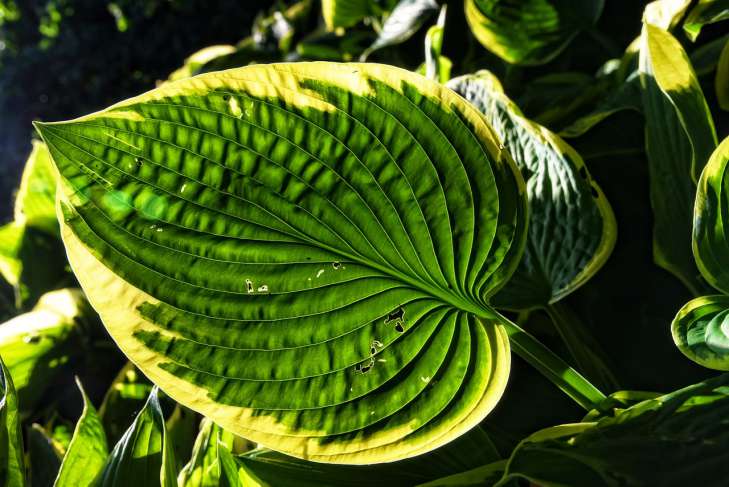Hosta: How to grow
Hosta soils need very fertile, rich in organic matter, loose, light and moist with a slightly acidic reaction (pH 6.0 - 6.5).
In nature, they grow in floodplains and along the banks of streams.
But they also do well on rocky soils.
Therefore, this plant takes root well on an alpine hill.
How to grow
In this case, the soil is prepared in the fall: any organic fertilizer is sprinkled on the site (a layer of about 10 cm) and the soil is dug up to the depth of a spade bayonet.

You can also plant hosta from late August to mid-September.
If planted later, the plant may not have time to take root before frost sets in.
What does the hosta like
The place must be shady or semi-shady. There is a principle that blue hostas like deeper shade so as not to damage their waxy coating, due to which the blue tint appears, and bordered (especially white) and yellow hostas prefer partial shade, but in no case direct sun.
Pruning is an important hosta care procedure.
This will protect the plant not only from pests, but also from many diseases that can persist inside the foliage until spring, and in the spring affect not only the hosta itself, but also its neighbors.
Previously, we told you how to grow heliotrope.


